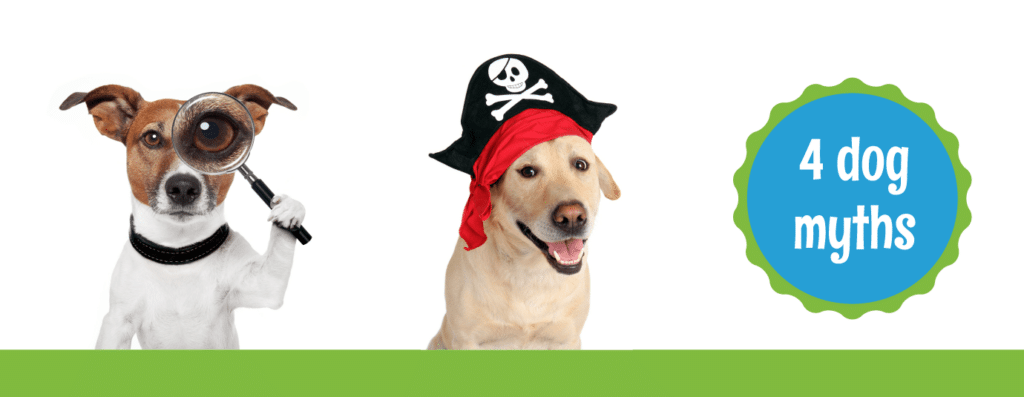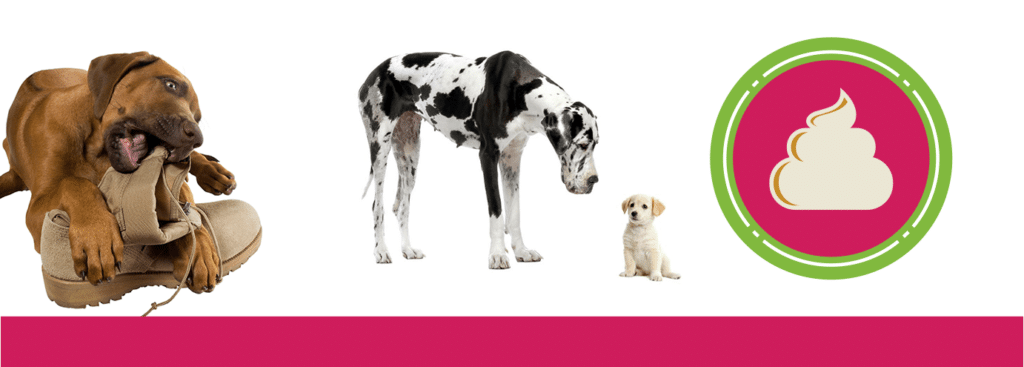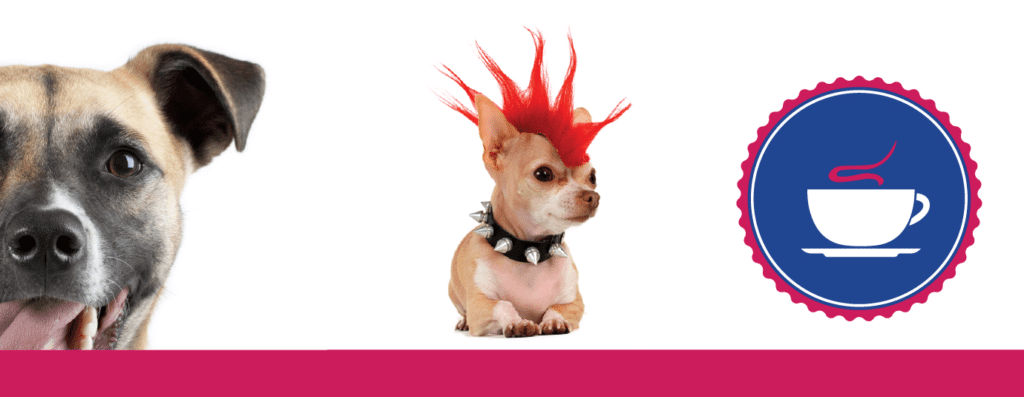The most common way to pet a dog is by far the belly rub. Usually, as soon as I walk over to my dog she is already on her back—waiting for me to scratch her belly. Pet health goes beyond healthy dog food and daily walks.
It involves more than this.
Dog and humans have formed an inseparable bond for the last few thousands of years and anyone who’s a dog lover knows the fastest way to a dog\’s heart is usually their belly. (Aside from treats). It\’s common for pet health experts to recommend massaging your dog as part of brushing and petting. This is therapeutic for them.
It is no secret that dogs love this form of petting, but the science behind why is a little uncertain. One thing is certain, dogs love it.
Cats, on the other hand, are not big fans. Our feline companions actually use lying on their back as a defensive measure. If you pet a cats belly you might get scratched.
This pet health article will discuss some animal behaviorists\’ reasons behind why dogs beg their parents for belly rubs.
The Pet Health Science
When a human scratches or rubs a dogs’ belly it stimulates their hair follicles. This stimulation sends information to brain neurons that is specifically unique. The brain activity that happens when a dog is getting their belly rubbed is satisfying, so it\’s great to reward your dog with lots of belly rubs.
A common misconception is that when dogs are kicking their legs rhythmically this is a sign that the dog is in \”ecstasy.\” However, many animal behaviorists actually advise pet parents to rub their dogs’ bellies in areas that do not prompt this leg-kicking.
The leg-kicking is a reflex from nerves being stimulated that can make a dog uncomfortable. The same reflex action that happens when a doctor knocks a rubber mallet across your knee to make your leg rise is the reflex a dog is experiencing—not very enjoyable.
Trust
When a dog turns their belly skyward to their pet parents and begs for a belly rub, this is how they show their complete trust. This posture makes a dog feel vulnerable because their vital organs are exposed, and in the pre-domesticated wild, predators could easily harm a dog if they were in this position
When a dog rolls onto their back it shows us that not only are they asking for affection from petting, but also they want to communicate their trust to you. Some rescue dogs or dogs that have a history of abuse might not be willing to let you pet their belly. For good pet health practices be aware of this. Never force your dog to lie on their back. This can give a dog unnecessary anxiety.
Consider it a compliment to your pet parenting skills when your dog is lying on their back.
Pet Health Behavior
Animal behaviorists also theorize that this a submission posture. Dogs who lie on their back are recognizing your paternal authority. Differing schools of thought suggest that this is not \”submissive,\” but a playful position.
Other body behaviors that show insight into how your dog is feeling are tail-tucking and lip-licking. If your dog is on their back with either of these behaviors present, it might be possible that they are feeling anxious. If this is the case, it might not be the best time to rub their belly. Pet parents are usually attuned to how their dogs are feeling, but if you are a new pet parent then this is useful pet health information.
Whether you believe in the alpha dog complex or that your dog is simply just being trustful, it is important to recognize all behavior associated with anxiety and with play.
We at Splash and Dash Groomerie & Boutique hope that your dog gets all the belly rubbin\’ they want and live long and happy!
Follow Splash and Dash Groomerie & Boutique:
- Website: http://splashanddashvip.com/
- Website: https://splashanddashfranchise.com/
- Facebook: https://www.facebook.com/splashanddashfordogs/
- Instagram: @splashanddashfordogs
- LinkedIn: https://www.linkedin.com/in/dan-j-barton-622ab517
- Twitter: splashanddash4dogs



